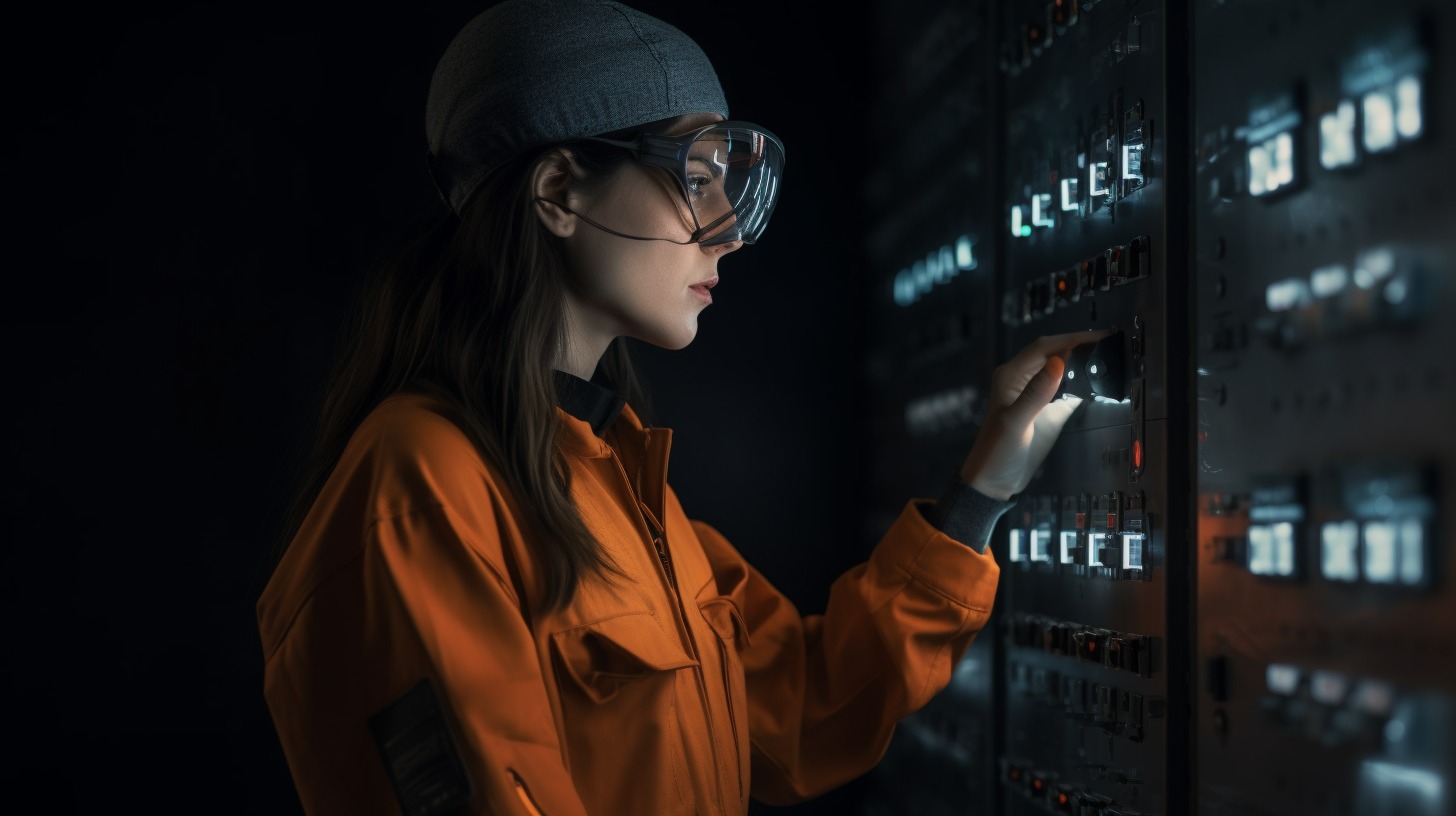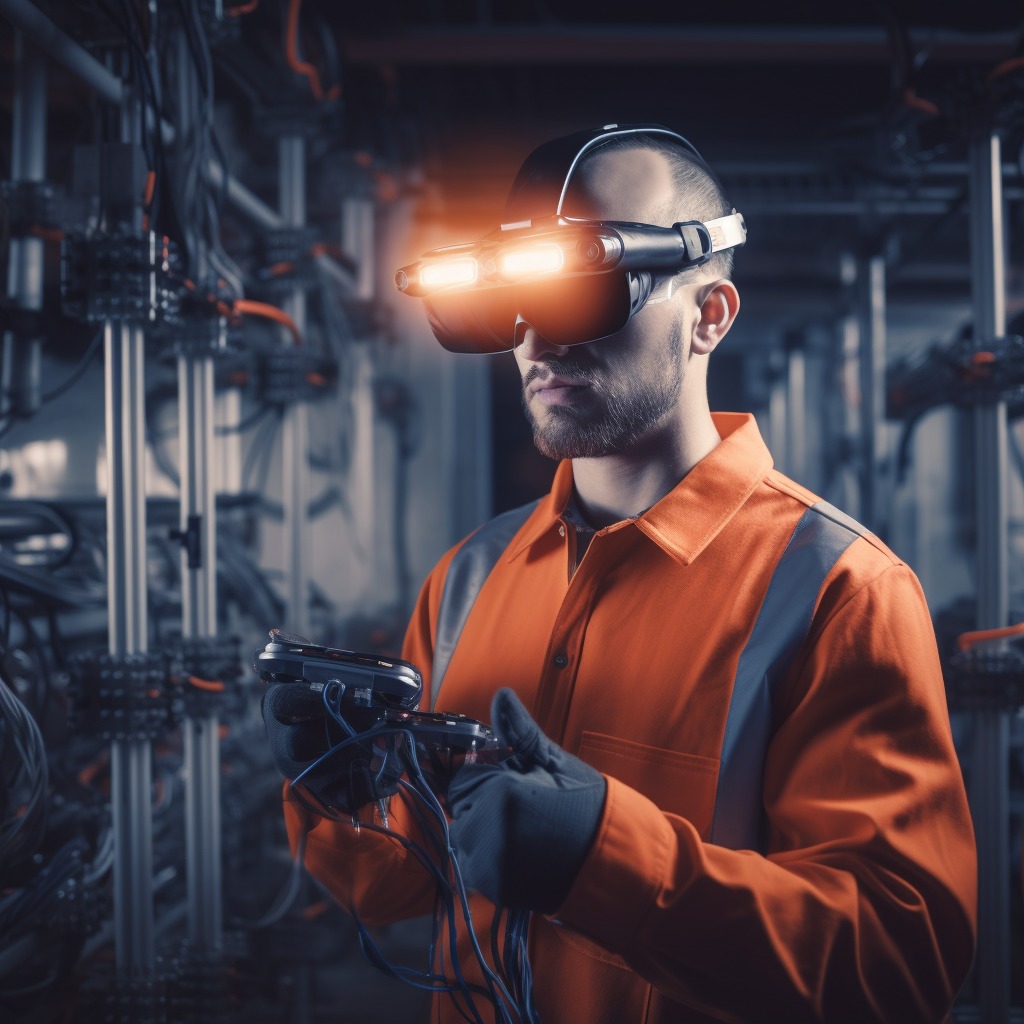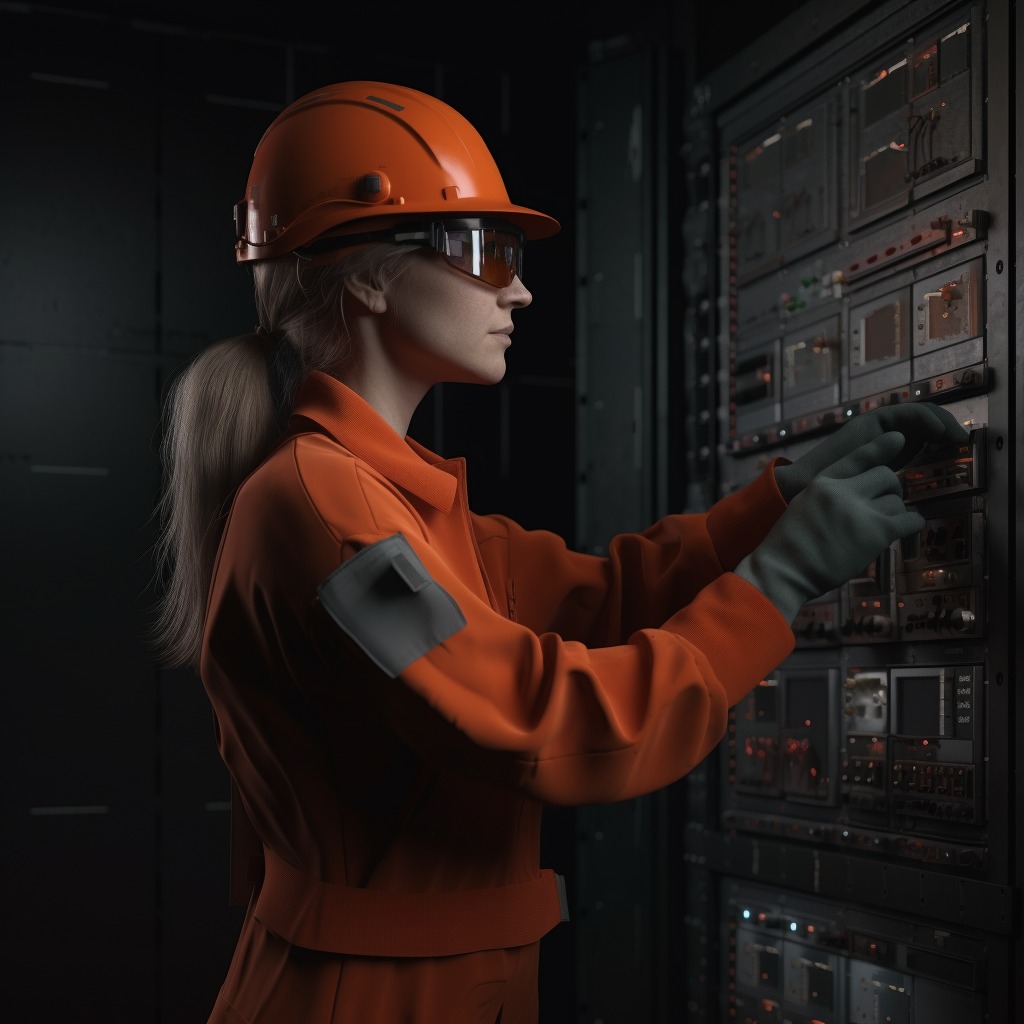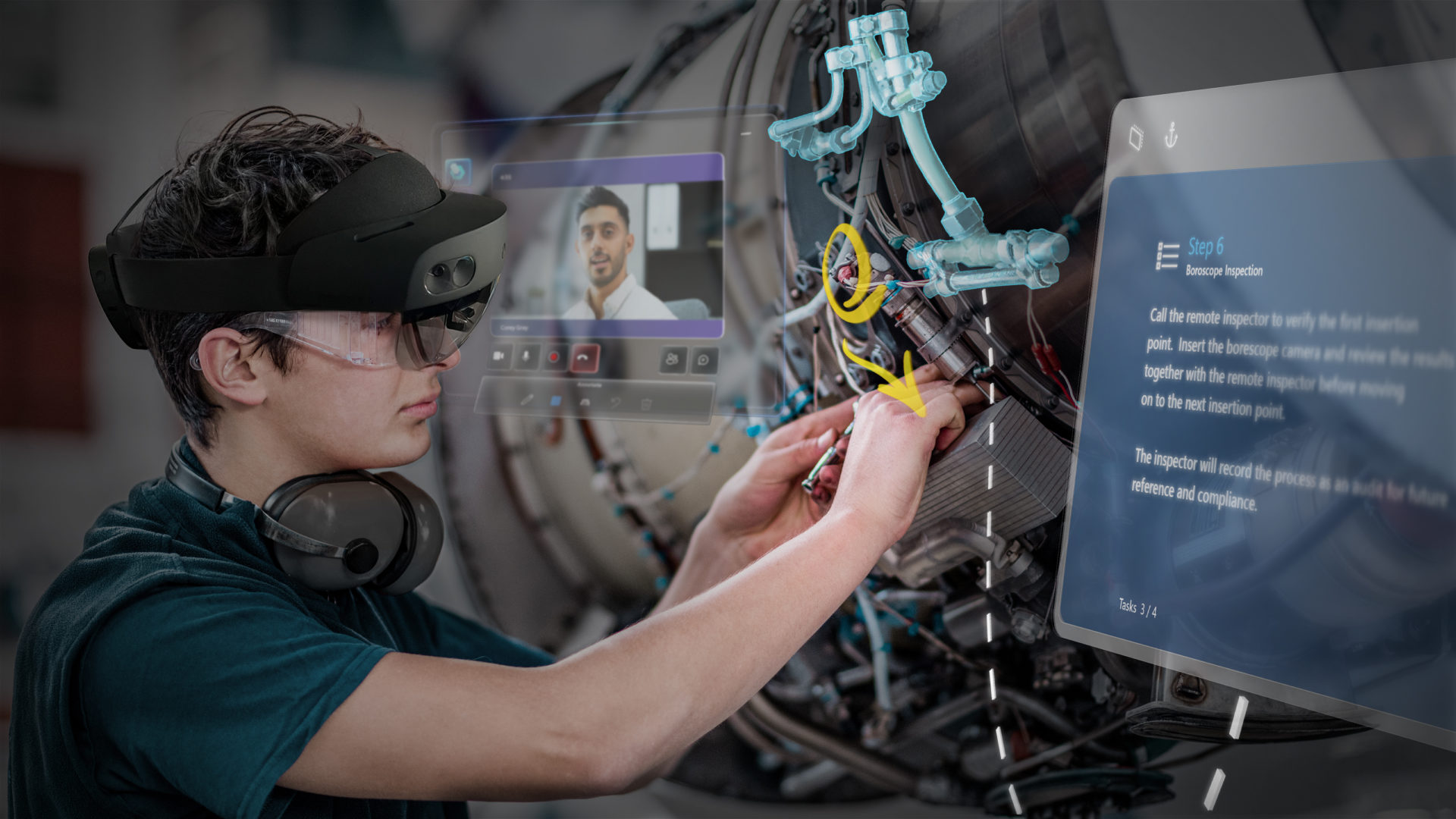

Benefits of Remote Diagnostics
- Proactive Maintenance and Predictive Analysis: Remote diagnostics empower companies to monitor equipment and systems remotely, continuously collecting data on their performance and health. By leveraging advanced analytics and machine learning algorithms, potential issues can be identified in advance, allowing for proactive maintenance and timely repairs. This predictive approach minimizes downtime, reduces the risk of catastrophic failures, and saves costs associated with unplanned maintenance and repairs.
- Improved Efficiency and Productivity: With remote diagnostics, companies gain real-time visibility into their operations, enabling them to optimize workflows and enhance productivity. Equipment performance can be monitored remotely, and anomalies can be detected and resolved promptly, ensuring maximum uptime and minimizing disruptions. This enhanced efficiency translates into higher output, improved resource allocation, and ultimately, a competitive edge in the market.
- Cost Savings: Remote diagnostics significantly reduce the need for physical inspections and on-site troubleshooting. Instead of dispatching technicians to different locations, experts can remotely access the systems, diagnose issues, and guide field personnel through the repair process. This eliminates travel costs, reduces labour expenses, and optimizes resource allocation. Moreover, by identifying problems early on, remote diagnostics prevent major breakdowns, saving companies from costly repairs and equipment replacements.
- Enhanced Customer Support and Satisfaction: Remote diagnostics also play a pivotal role in customer support. By remotely accessing vehicles, machinery, or equipment, manufacturers can identify and troubleshoot issues without the need for customers to bring their vehicles or products to service centers. This streamlined approach minimizes inconvenience for customers, reduces turnaround time, and enhances overall satisfaction. Manufacturers can also remotely update software and firmware, ensuring that customers have the latest features and enhancements.

Companies benefiting from remote diagnostics
There are many global companies already embracing the power of remote diagnostics.
Tesla, the electric vehicle pioneer, is renowned for its use of remote diagnostics. Through its advanced connectivity features, Tesla can remotely monitor vehicle performance, collect data, and proactively identify potential issues. In many cases, software updates can be delivered remotely, enhancing vehicle functionality and addressing known problems without the need for customers to visit service centres.
General Electric (GE) is a global leader in industrial manufacturing, and it utilizes remote diagnostics extensively. Through its “Predix” platform, GE collects real-time data from industrial equipment and machinery, enabling remote monitoring and diagnostics. By analysing this data, GE can predict equipment failures, optimize maintenance schedules, and provide remote support to field technicians, reducing downtime and improving operational efficiency.
Caterpillar, a renowned manufacturer of construction and mining equipment, utilizes remote diagnostics to enhance its service capabilities. Through its “Cat Connect” platform, Caterpillar remotely monitors equipment performance and health, enabling early detection of potential issues. This allows for proactive maintenance and timely repairs, minimizing downtime and optimizing productivity for customers.
